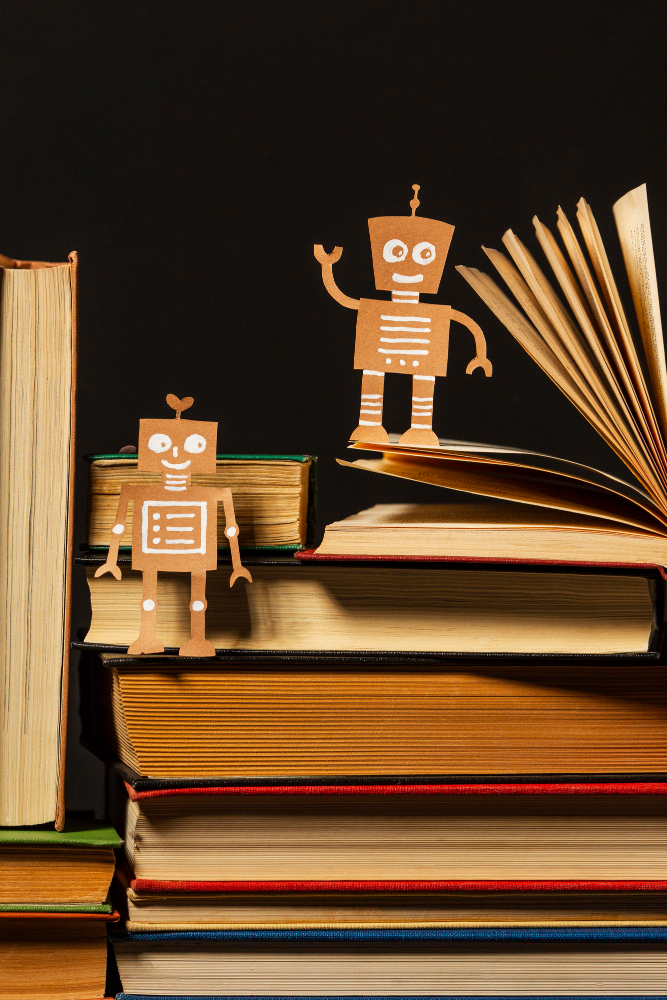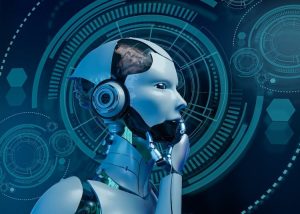
Top AI Tools for Teaching in 2025: Enhance Your Classroom Experience
- Author: Urban Rotar
- Published:

How can AI tools help teachers with lesson planning?
AI tools assist in lesson planning by generating comprehensive resources, assignments, and quizzes based on curriculum needs. They save time and provide tailored suggestions, allowing teachers to focus on student engagement.
Are AI tools safe for student data privacy?
Reputable AI tools prioritize data security with safeguards in place. However, it’s essential for educators to stay informed about how these tools collect and store student data.
Can AI tools replace teachers in the classroom?
No, AI tools are designed to support teachers, not replace them. They automate repetitive tasks like grading and planning, allowing teachers to focus more on student interaction and personalized teaching.
The Rise of AI in Education
Best AI Tools for Teaching, Lesson Planning and Content Creation
1. Coursly.ai
2. MagicSchool AI
3. Curipod
The Transformative Impact of AI on Modern Education

AI Tools for Student Assessment and Feedback
1. Gradescope
2. EvaluaTeach
Preparing Students for a Future Integrated with AI
Enhancing Teaching Efficiency and Reducing Educator Burnout
Ethical Considerations and Student Data Privacy
Of course, we can’t discuss AI tools without addressing the ethical considerations. Student data privacy is a significant concern when implementing AI in education. While these tools offer many benefits, it’s crucial to understand how they collect, store, and use student information. Fortunately, most reputable AI platforms have privacy safeguards in place.
Teachers should always stay informed about the ethical implications of AI tools, ensuring that data security is a priority. Balancing innovation with responsibility is the key to making AI work in education without compromising student privacy.
The Future of Teaching with an AI Tool
Looking ahead, the future of teaching with AI tools is bright but filled with challenges. As more AI tools enter the market, teachers will need to be selective, picking the ones that genuinely add value to their classrooms. There’s a growing need for these platforms to integrate seamlessly into existing teaching practices without replacing the human element of education.
The potential benefits of using AI tools are enormous. From saving time to increasing engagement, these platforms promise to transform teaching for the better. However, it’s important to remain cautious and thoughtful, ensuring that technology enhances rather than overshadows the personal touch of teaching.
Empowering Education with Smart Arena




